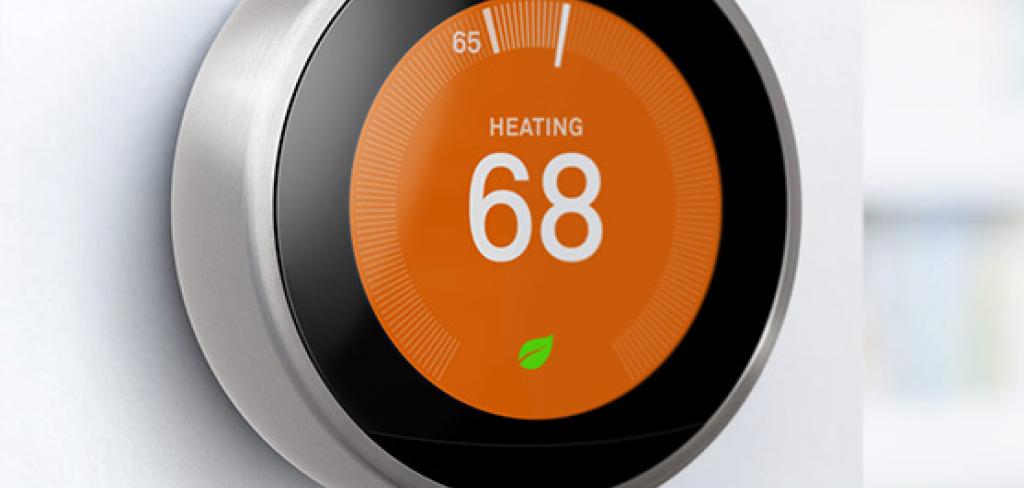Almost a year ago, the Nest Learning Thermostat received an ENERGY STAR® from the EPA. In fact, it is the first thermostat with an ENERGY STAR. After rigorous testing, the EPA has confirmed what we’ve been saying all along: the Nest Thermostat saves energy.
In 2009, the EPA took away the ENERGY STAR from all programmable thermostats. You can only get an ENERGY STAR if the EPA is confident your product is really energy efficient. But the EPA wasn’t confident in programmable thermostats. They didn’t seem to provide significant energy savings. They were too complicated, and most people didn’t use them effectively. You can’t force people to program their thermostats to save energy. But the whole equation changes if thermostats can learn to do it themselves.

Independent studies have shown that the Nest Thermostat has saved people an average of 10% to 12% on heating bills and 15% on cooling bills. Based on typical energy costs, we’ve estimated average savings of $131 to $145 a year. In under two years, it can pay for itself. We know that our thermostat helps people save energy, and now the EPA ENERGY STAR program wants everyone to know it too.
Space heating and cooling represent almost two-thirds of your home energy use. Choosing an ENERGY STAR certified connected thermostat is a “smart” way to save at least 8% of that energy use and keep your home comfortable. Saving energy saves money and reduces your carbon footprint.

- Learns the temperature you like and establishes a schedule that automatically adjusts to energy-saving temperatures when you are asleep or away.
- Provides home energy use data you can track and manage.
- Allows you to control home heating and cooling remotely through your smartphone, computer or tablet.
Thermostat models that earn the ENERGY STAR symbol have been independently certified, based on actual field data, to deliver energy savings.

The ENERGY STAR Promise
All ENERGY STAR certified products are tested to meet strict efficiency specifications and are certified by an independent third party. They perform the same as or better than standard products without compromising performance in any way. You can also reduce energy use through zone control. In a forced-air heating system, this involves placing dampers in duct passages and controlling them with separate thermostats in different areas of the house.


